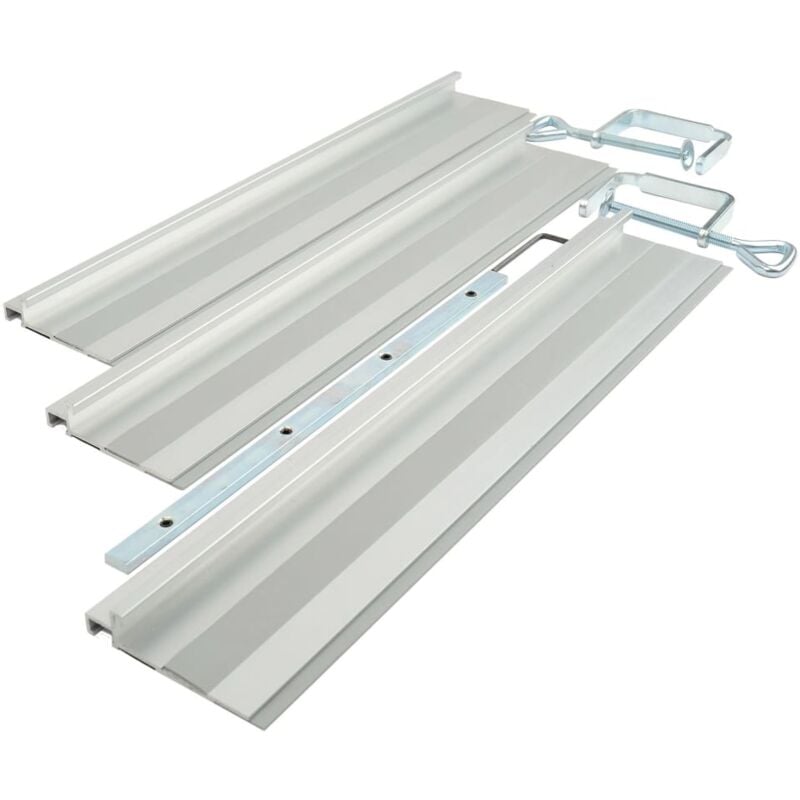
Power Saws
A power saw is an essential tool that transforms cutting tasks into an efficient, precise process. This versatile instrument comes in various forms, each tailored for specific needs. For instance, a cordless power saw offers unparalleled portability, ideal for jobs where mobility is key. Tradespeople and homeowners alike will appreciate the diverse types of power saws available. Flip Over saws blend the functionality of a table saw and a mitre saw, while fret and scroll saws excel in intricate, detailed work. Those tackling drywall will find the drywall cutter and multi saw indispensable for their precision and ease of use. The robust table saw, designed for heavy-duty cutting, is a staple in any workshop. Stone cutters and reciprocating saws offer specialised solutions for hard materials and demolition work, respectively. Chop saws and bandsaws are reliable for straight, clean cuts. The jigsaw, a favourite for its versatility, is perfect for curved cuts. For accuracy in angle cuts, the mitre saw is unmatched. The plunge saw and circular saw stand out for their depth control and straight cuts, while the radial arm saw offers unparalleled versatility in crosscutting. These power tools are designed to meet the needs of both tradespeople and homeowners, ensuring precision and efficiency in every cut.






















What to consider before you buy a power saw?
Choosing the right power saw is crucial for achieving precision and efficiency in various cutting tasks. Power saws come in several types, each designed for specific applications, making them a fundamental tool in both professional and DIY projects.
A flip over saw combines the functionality of a mitre saw and a table saw, offering versatility for crosscutting, bevel, and rip cuts. It’s an excellent choice for users requiring both functionalities in a compact form.
A multi saw is a versatile option, capable of performing a range of cuts. It’s a preferred tool for those needing a single tool for multiple cutting tasks, especially in tight spaces or for quick jobs.
Table saws are ideal for making precise, straight cuts, particularly useful in cabinetry and furniture making. Their stability and power make them a favourite for heavy-duty cutting tasks.
Reciprocating saws offer great flexibility and are excellent for demolition work or cutting in confined spaces. Their push-and-pull motion is suited for quick, rough cuts.
Bandsaws are specialised for curved and intricate cuts, often used in woodworking and metalworking. Their continuous band blade allows for uniform cutting action, making them ideal for detailed work.
Jigsaws are the tool of choice for intricate and decorative cuts. With the right blade, they can cut through various materials, offering unmatched versatility for detailed work.
In summary, when selecting a power saw, whether it's a flip over saw, multi saw, table saw, reciprocating saw, bandsaw, or jigsaw, it's important to consider the type of cuts required, the material being cut, and the precision needed. Each saw offers unique advantages and is designed to meet specific cutting needs, ensuring accuracy and efficiency in your projects.